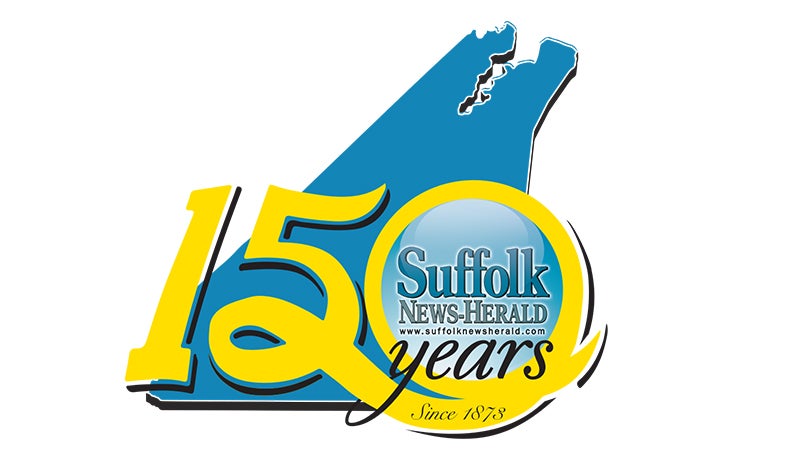Column – Giant leap for mankind
Published 6:22 pm Tuesday, June 27, 2023
|
Getting your Trinity Audio player ready...
|
During an annual dinner meeting in 1969 for the Suffolk Nansemond County Chamber of Commerce, Richard S. Gillis Jr., executive director of the Virginia State Chamber of Commerce, made several predictions about how things would be in another 50 years. Included in those predictions was that the Suffolk and Nansemond County area would become an integral part of a metropolitan Hampton Roads. The population here would grow from 48,000 to more than 100,000. (The estimated population of Suffolk in 2019 was 92,277.) Other predictions included that, for all practical purposes, there would be one city extending from Suffolk to the ocean. While the various cities might want to preserve their separate identities, they would band together on many things — including a regional chamber of commerce. With a 30-hour work week predicted, Gillis said this area should be a good one for development of recreation facilities.
In April, Suffolk City and Nansemond County began a program to connect many organizations and planning committees. Included in this was the combined Christmas charity of the Salvation Army. This program would set in motion the combining of Suffolk and Nansemond County.
In June, astronauts entered lunar gravity and orbited the moon. Apollo 10’s climactic moment came when the astronauts triggered Apollo 10’s engine to steer the craft into an orbit 69 miles above the cratered surface. The firing, behind the moon and out of range of ground stations, started a perilous 2 1/2-day lunar adventure intended to clear the way for two Apollo 11 astronauts to land on the moon in July.
On July 20, a “giant leap for mankind” took place. Neil A. Armstrong and Edwin E. Aldrin Jr. left their footprints in the lunar dust and in the history of man. Through the magic of television, an estimated 500 million people around the world had a ringside seat to man’s greatest adventure.
The picture was black and white and somewhat jerky, but it recorded history. As Armstrong planted his size 9 1/2 left boot on the powdery surface at 10:56 p.m. Sunday, he spoke words that will be remembered for all time: “That’s one small step for man, one giant leap for mankind.’’
There were other memorable utterances during the day of high adventure. There were Armstong’s words when Eagle separated from the command ship to start the dangerous descent: “The Eagle is flying.” There were Armstrong’s — and man’s — first words from the moon’s surface after touchdown at 4:18 p.m.: “Houston . . . Tranquility base here. The Eagle has landed.” Or when Aldrin, a deeply religious man, relayed this message to the world shortly after the landing: “This is the LM pilot. I’d like to take this opportunity to ask every person listening, whoever, wherever they may be, to pause for a moment and contemplate the events of the past few hours and to give thanks in his or her own way.’’
They planted an American flag and saluted it, but made it plain they came to the moon as ambassadors for all mankind. They unveiled a stainless steel plaque bearing these words: “Here men from Planet Earth first set foot upon the Moon July 1969, A.D. We came in peace for all mankind.” They left a disc on the moon with recorded messages from the leaders of 76 nations. They left behind mementos for three Americans and two Russians who died for the cause of space exploration.
On Nov. 19, the second moon walk took place. The first color video from the moon’s surface showed Alan Bean and Pete Conrad as ghostly white figures shuffling through an alien world.
Both reported initial difficulty in walking. “I’ve got to take it easy and watch what I’m doing,” Conrad reported. “You get on a little slope and you tend to keep going.” “If you don’t pick up your feet you really kick a load of dirt ahead of you,” Bean commented. Noting the powdery black dust, Conrad said, “I tell you one thing, we’re going to be a couple dirty boogers.” Later, Conrad said, “It helps you move if you hop a little. I’m beginning to feel like Bugs Bunny.”
The second moon landing was a bull’s-eye landing. Within minutes after stepping on the surface, Conrad strolled to the edge of the crater and sighted the unmanned Surveyor spacecraft that soft-landed there 2 1/2 years prior. Surveyor had been their landing target, and they had zeroed in on it during their approach.
The moon landings provided a climactic end to a decade filled with turmoil and advancements.



